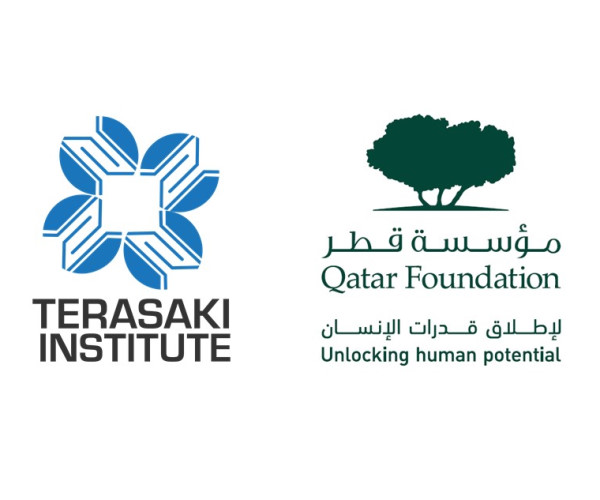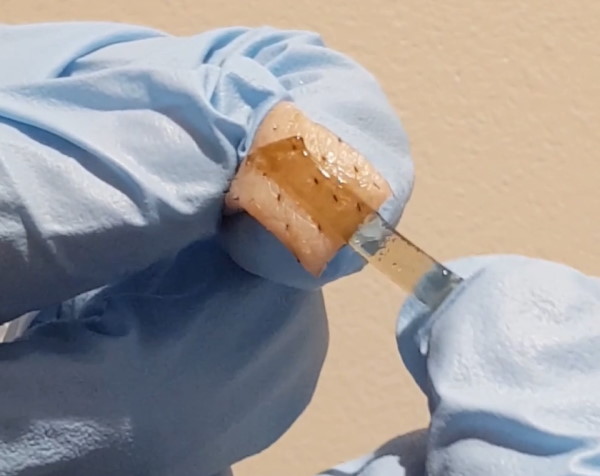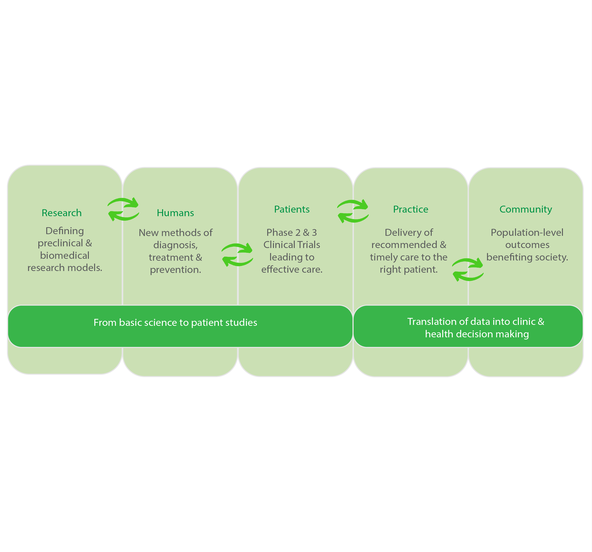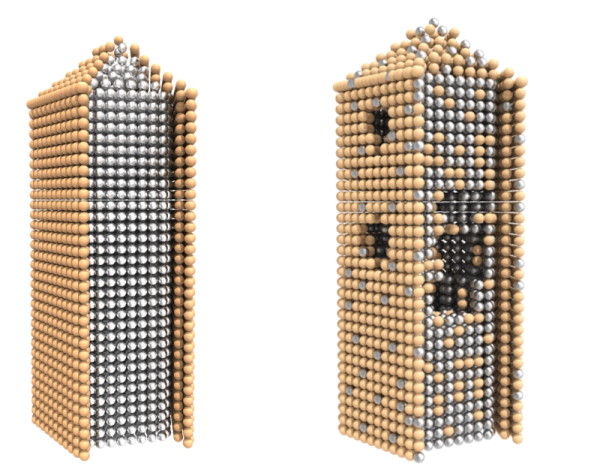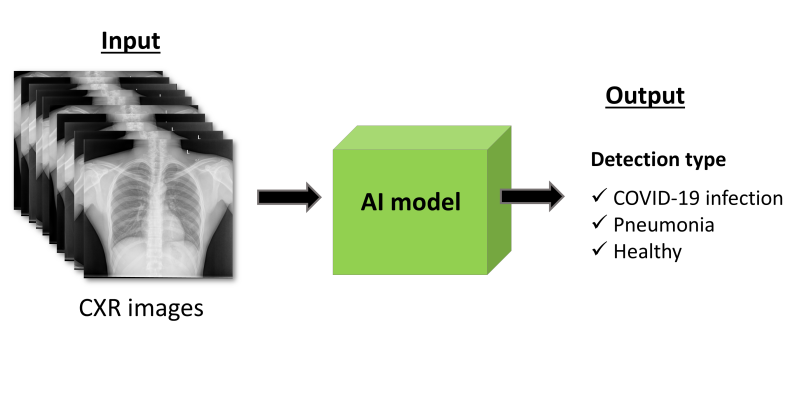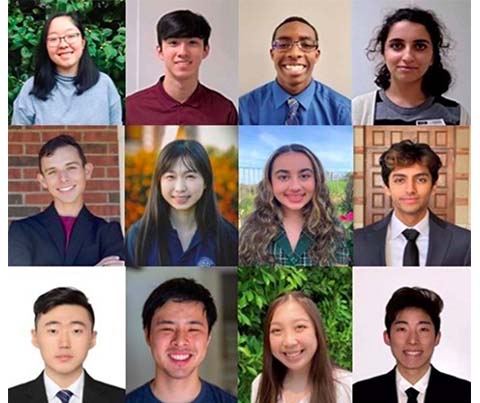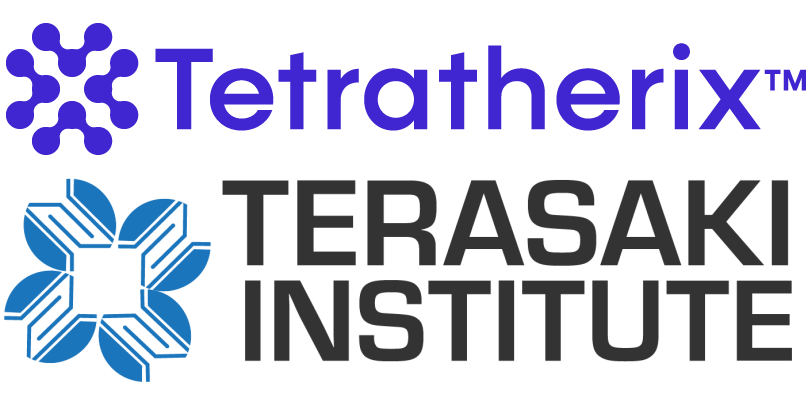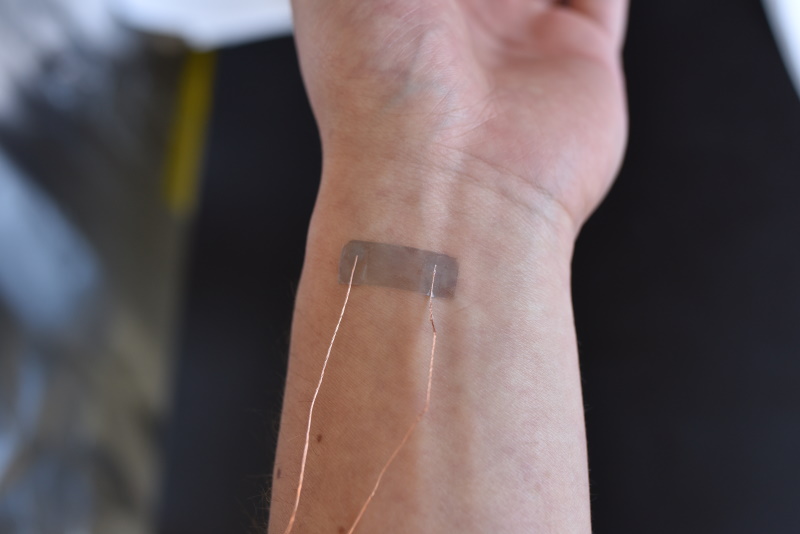October 15,2021
Terasaki Institute for Biomedical Innovation Signs Agreement with Qatar Foundation
(LOS ANGELES)–The Terasaki Institute for Biomedical Innovation (TIBI) has recently signed an agreement with Qatar Foundation. Qatar Foundation is comprised of over 50 entities and is a non-profit organization that supports work in education, research, and community development. Under the umbrella of Qatar Foundation’s Research, Development, and Innovation division (QF RDI), the Qatar Genome Programme integrates genomic and omics data with phenotypic data from Qatar Biobank to facilitate precision medicine and effective health care for the Qatari population.
